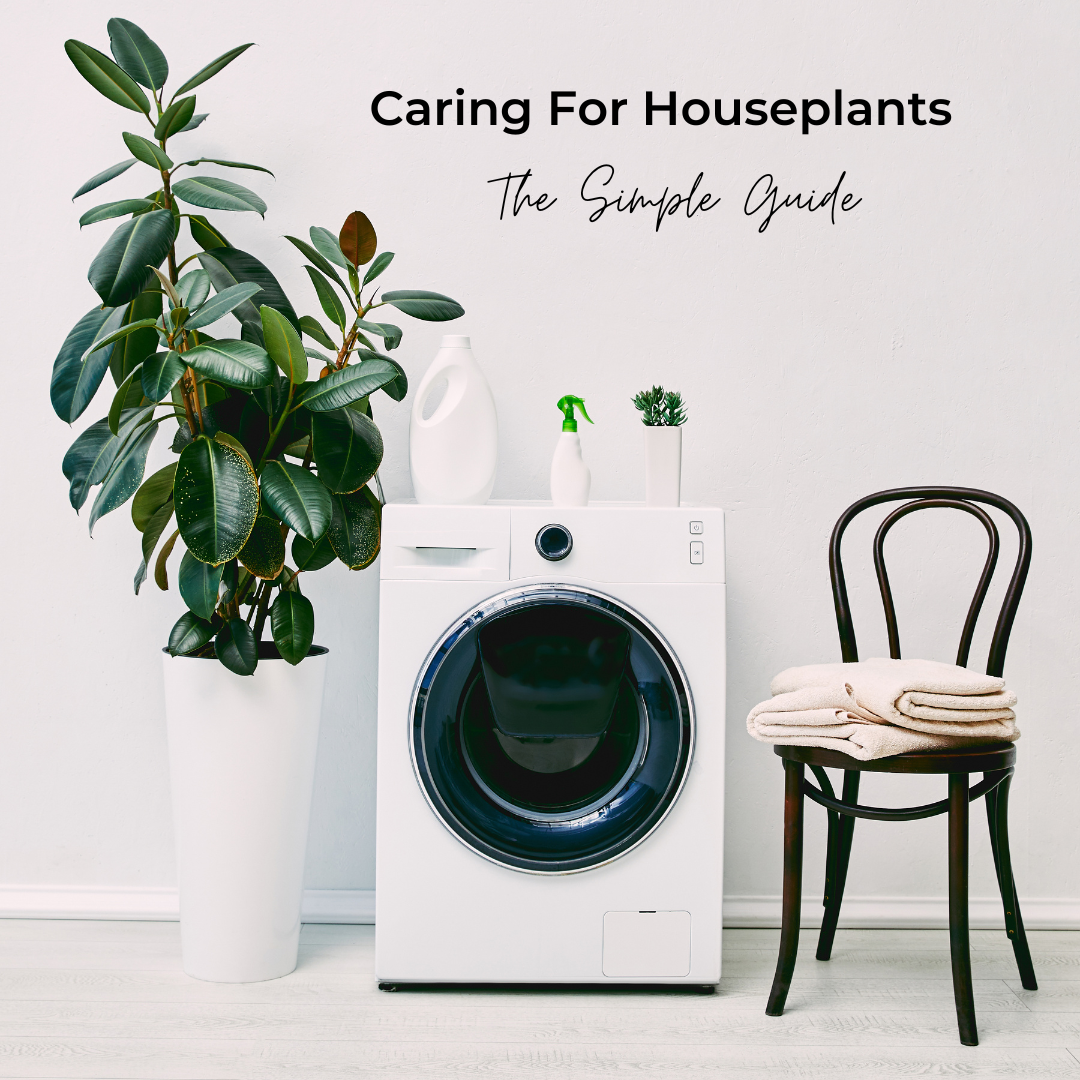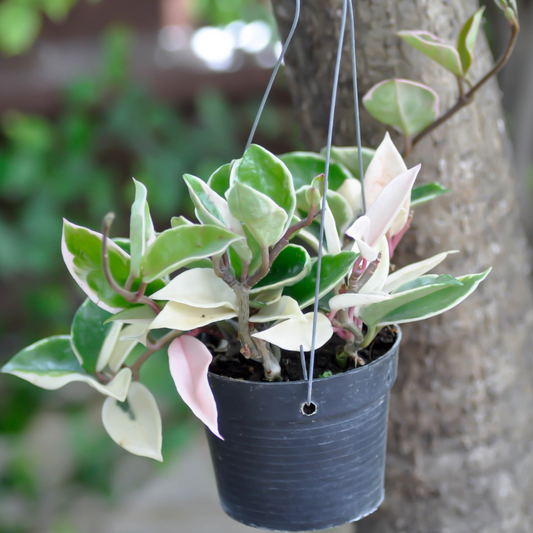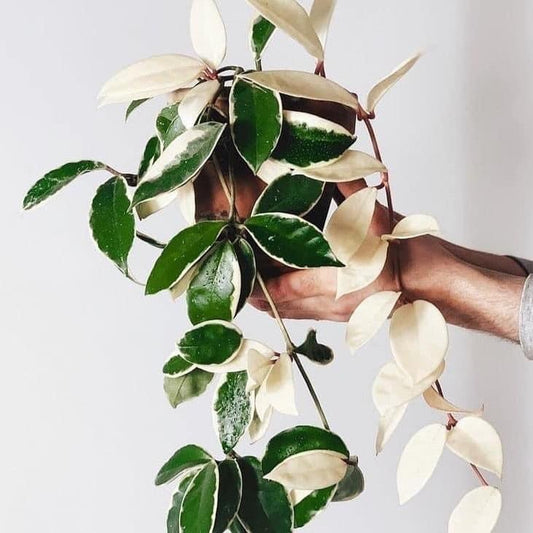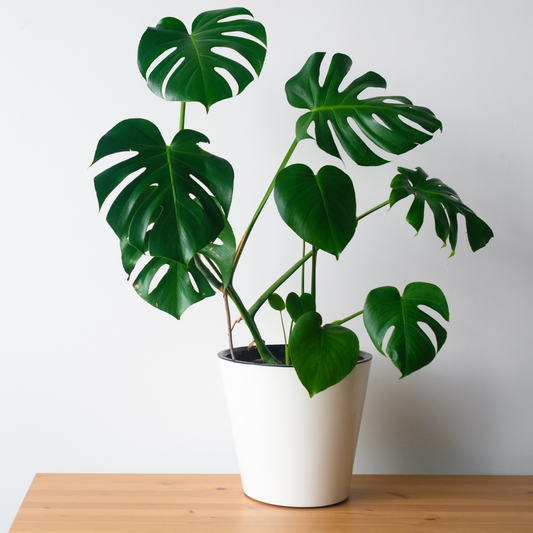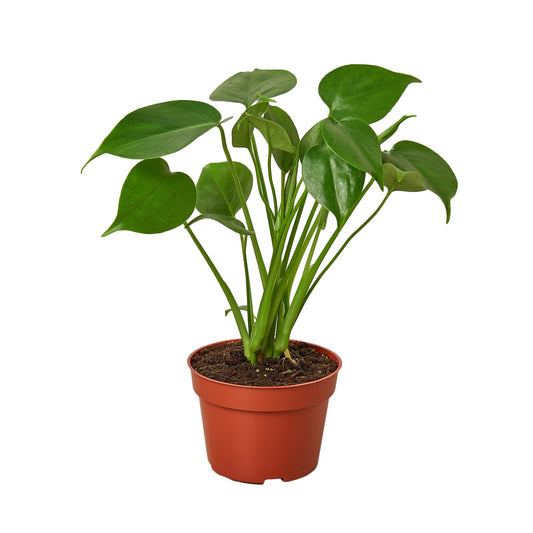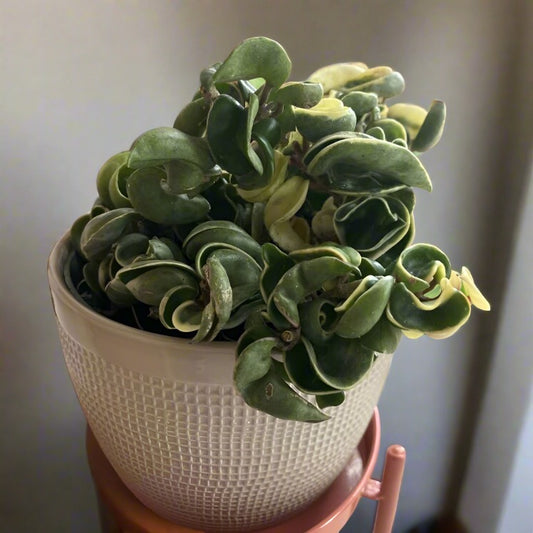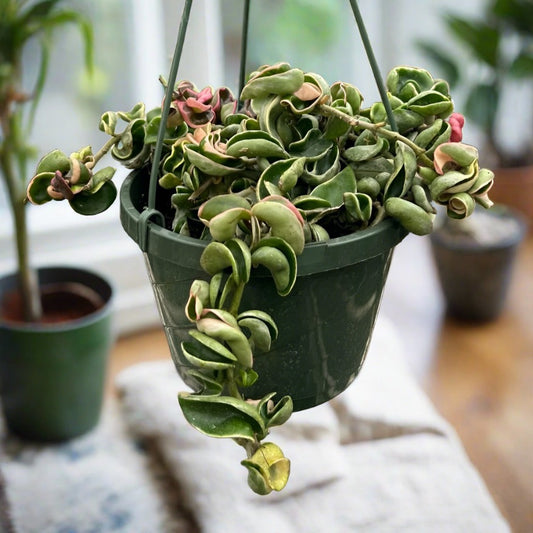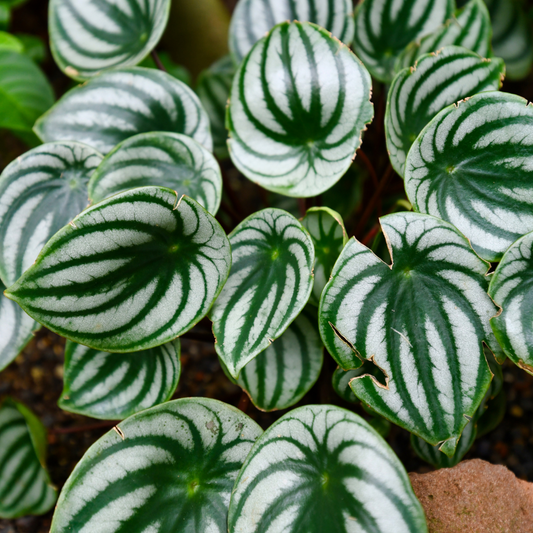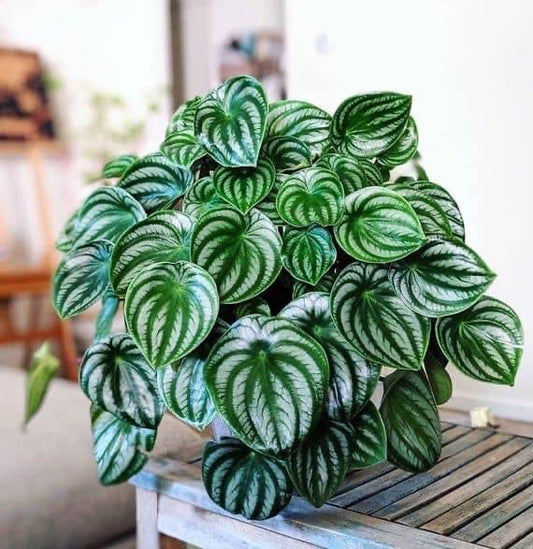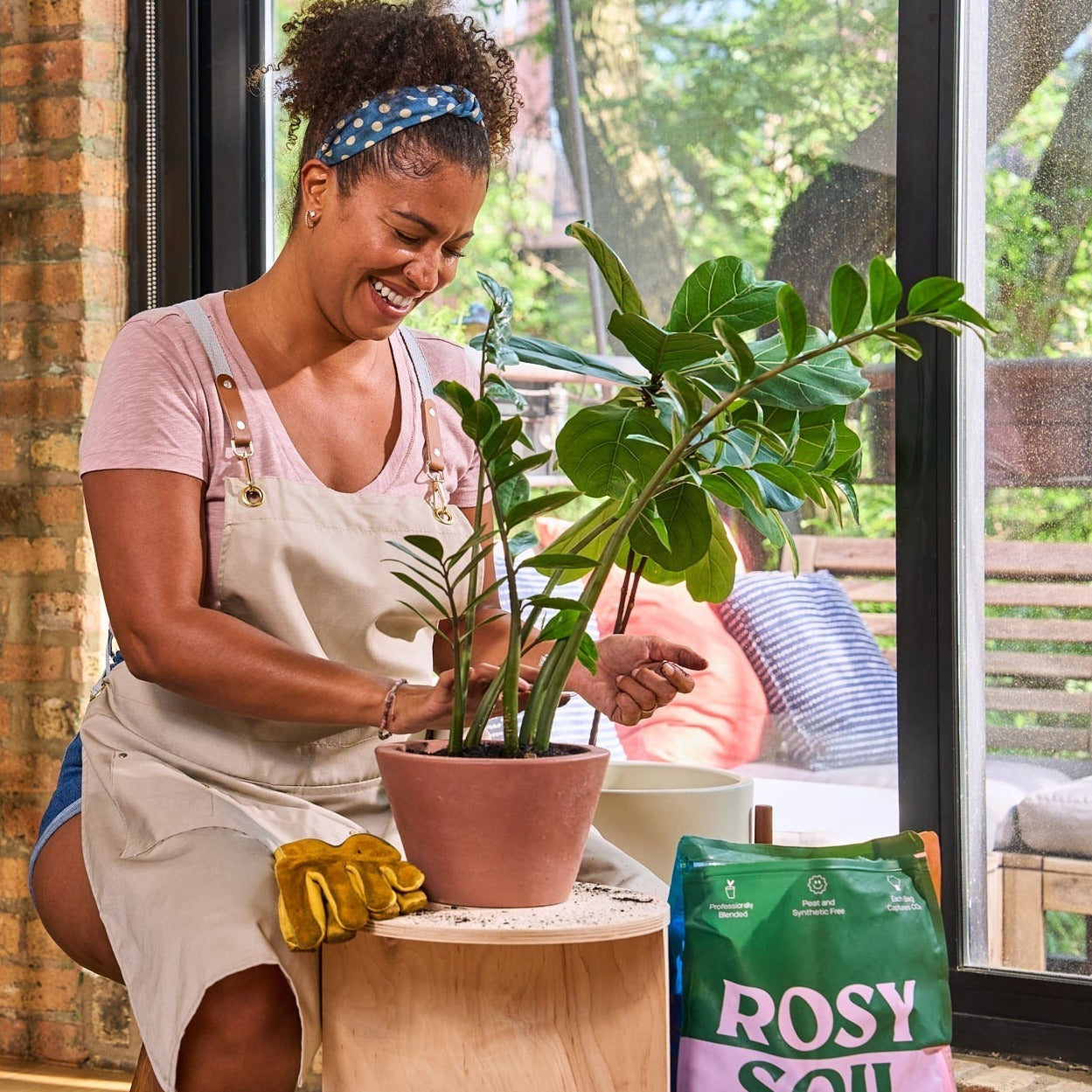Planting a few houseplants can make your space feel more alive, but they need some special attention to stay healthy. I know! It's much easier to just buy a bouquet of flowers and stick it in water. But there are so many benefits to caring for plants: they purify the air around them, they look great, and they're easier than you think.
Plan your space and choose the right plant.
Most people think of their houseplants as a random collection of plants they’ve acquired over the years. But if you have a special place in mind for your new plant—perhaps it’s on a window ledge or in front of the fireplace—it makes sense to choose one that will look particularly good there.
It's also important to consider how much time and effort you want to put into caring for your plant(s). For example, ficus trees are known for being easy to care for, but they also grow large enough that they need repotting every two years or so. On the other hand, some cacti prefer minimal watering and can even tolerate neglect; however, these plants are not typically considered ideal indoor decoration because most people don't want them sitting around collecting dust bunnies.
You should also consider how much money you're willing to spend on your houseplants: starting out with premium-grade soil might seem like overkill right now but could save money down the road by reducing maintenance costs (and possibly even extending the life span) of your plants.
Give your plant the right soil.
The soil in your plant’s pot should be light and well-draining, with a pH between 5.5 and 7. You can test the pH of your soil by using a home PH meter.
Soil should also be loose and airy so that roots have room to grow. If you find that you have trouble keeping up with watering your plants because they soak up all their water right away, this means that there's not enough space between particles of dirt—your soil is compacted. To fix this problem: add some grit such as sand into the mix when you repotting time comes around again! And don't forget top dressings like pebbles or decorative crystals every once in awhile to keep things interesting!
Give your houseplant warmth and humidity.

The first thing to consider when caring for your houseplant is the temperature. Indoor plants live in a warm environment, so it's important to keep them away from cold drafts. If you're in a colder climate, try placing your plant near a heat source such as a radiator or woodstove (make sure to keep the soil moist).
Another thing you should know about houseplants is that they need humidity. To increase humidity levels around your plant, mist it with water or put it on top of pebbles in an enclosed container filled with water (a large jar will work just fine). You can also use an ultrasonic humidifier for even more moisture.
Indoor plants also need protection from heat sources and cold ones too—especially if they're hanging over windowsills where there might be direct sunlight during the day. Make sure that your plants aren't sitting right next to any radiators or woodburning stoves as well!
Choose the right location.

When placing your houseplants, you should consider how much sunlight they need. This can vary considerably depending on their species and the time of year. At minimum, plants need indirect light from a south-facing window or an east/west facing window on a cloudy day. If you have a west-facing window with direct sunlight coming in, this may be too strong for some plants to handle; no more than three hours of direct sunlight should be given to them each day.
In addition to choosing a location that provides adequate light levels for your plant’s needs, it's also important to place them in areas with good air circulation. Houseplants release moisture through their leaves and soil as they transpire (breathe). They use water much more quickly than those growing outdoors since they tend not have access to rainwater or natural moisture from the ground below them. This means that indoor environments tend toward dryness unless we do something about it! When selecting where you'd like your new friend placed at home--whether on its own tabletop or inside an aquarium--consider whether there is enough movement within the room where it will sit so as not risk overheating which could lead toward death if left unchecked over time.
Pick a pot with drainage holes.

One of the most important things to consider when choosing a pot is whether or not it has drainage holes. If you plant your houseplant in an unlined container, it could end up with root rot—which is when the roots start to decay and black mold forms on them.
This means that if you want your houseplant to live for many years, you'll need to be sure that its pot has several drainage holes at the bottom (and don't forget about those!). These holes allow water from watering your plant—or from rain outside—to flow freely out of the container instead of staying inside where it might cause trouble for your plant's roots.
Water your houseplants enough. Not too much.
Once you've got your plants in place, it's time to think about watering. The first thing is that you should make sure the soil is dry to the touch before watering again; otherwise, you can damage your plants' roots by overwatering them.
If you find yourself in possession of a plant that needs more frequent watering than others (and most houseplants do), make sure it has its own drainage tray or saucer so as not to cause any fungal issues by keeping the soil too wet. You'll also want to grab one of these perfect sprayers for plant care indoors. Away on vacation? Check out the automatic watering system leaving those plants during a longer vacation.
Feed your indoor plants on time.
To keep your indoor plants healthy, you must be aware of when they need to be fed and what kind of food they require. The best time to feed your plant is after watering it. This will allow the nutrients in the water to travel through the roots and into their system. You should also consider how much water your plant gets before deciding on how often to feed them—if you are having trouble keeping up with their thirst for water (and therefore fertilizer), try cutting back on how many times per week or month that you feed them.
Prevent plant pests and treat them if they appear.

It's important to check your plants regularly for pests, especially if they're new. Use insecticidal soap, which is safe and effective for most houseplant pests. If you need to use a pesticide, be sure to read the label carefully and follow it exactly, including waiting times between applications.
Trim indoor plants to promote new growth, shape, and health.

Trimming houseplants can be a tricky task, but it’s important to maintain the health of your plants. A good rule of thumb is to trim them as soon as they begin to grow out of control or become leggy and thin. You should also check your plant every few weeks for signs of distress, like browning leaves or wilted stems. If you notice any signs of illness, trimming may not be the best course of action and you should consult an expert instead.
You can care for your plants without being overwhelmed
You don't need to be a botanist or an expert gardener to care for your houseplants. You just need to know a few basic plant-keeping tips, which we'll cover here.
-
Soak your soil once every two weeks. Most plants will do well in medium soil moisture—just make sure it doesn't stay soggy for too long or become waterlogged, and keep an eye out for signs of mold (which looks like gray or white fuzz).
-
Fertilize your plants once every two weeks with an all-purpose fertilizer that's recommended by the manufacturer based on the type of plant you have (some prefer liquid fertilizer).
-
Don't forget about them! If you've been neglecting your houseplants recently, check back on them today and give them some love again!
Conclusion
You don't have to be a plant expert to care for your indoor plants. You just need to start with the right plant, give it the care it needs, and let nature take its course. If you want more information about caring for houseplants or want help picking out new ones for your home, contact us today!

